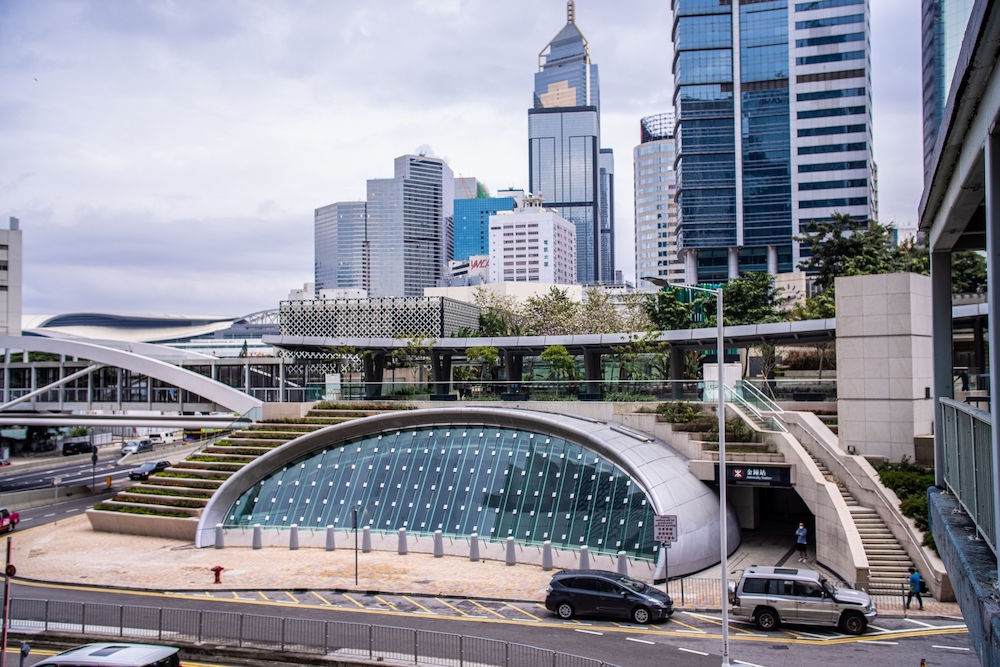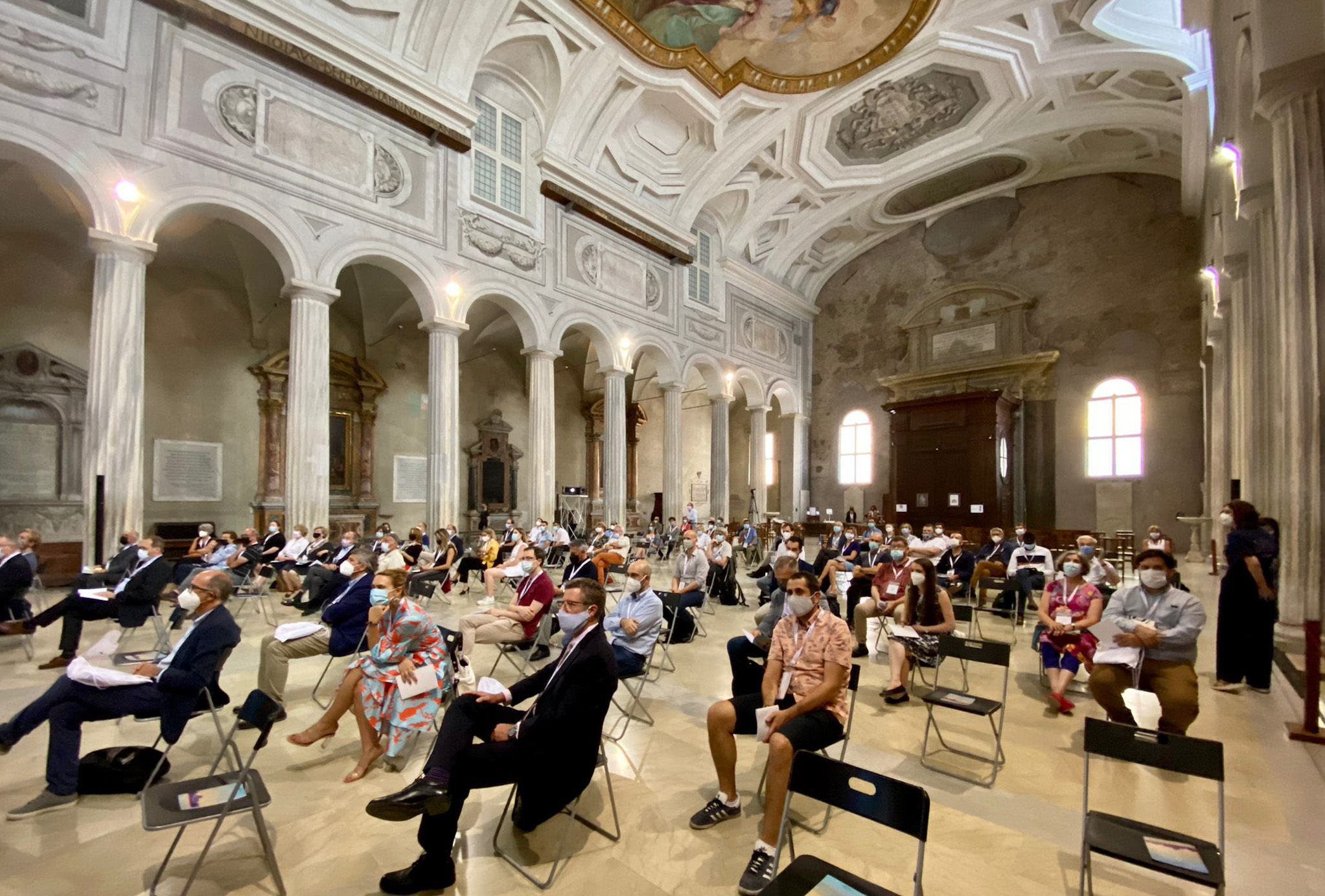So, you are preparing for your biggest event of the year. After months of meticulous planning, everything is in place and it is time for the dress rehearsal. How many people should you invite to test the service, entertainment, transport and venue entry/exit strategies: 20, 30, maybe 50? How about managing a pre-event trial for 200,000 people?
On April 21, nine days before the start of the 2010 World Expo in Shanghai, organisers soft opened part of the 5.28sqkm site. This was primarily to test access and exit routes and the flow of visitors throughout the three main areas, which span both banks of the Huangpu River that runs through Shanghai.
On the first day of soft opening, 200,000 people showed up – with around one million people turning out over the pre-Expo trial week.
This proved to be an invaluable experiment in mass event management, as the six-month-long Expo running from May 1 to October 31 is targeting 70 million visitors, with up to 380,000 people per day during weekdays and 600,000 on weekends.
As Vicente Gonzalez Loscertales, secretary general of the Bureau International des Expositions, the World Expo governing body, surmised: “We knew eight years ago, when the organising work began, that we had to face challenges on an unexpected scale. The main concern is how to balance the largest participation ever with a quality exposition.”
Managing the movement of people into, around and out of the World Expo site is a giant challenge coordinated via one metro-line entrance/exit, eight ground entrances/exits, plus four external and three intra-site water-taxi gates.
Once inside, a range of crowd-control instruments is in place, including ubiquitous police and official stewards, queue barriers, metal fencing and daily restrictions on the number of visitors to each pavilion.
Not everything went to plan during the trial days for the largest World Expo held at the largest ever Expo site and predicted to attract the biggest number of Expo participants, however. Visitors to the 63m-high centrepiece China Pavilion were told to expect queues of at least five hours, while surging crowds – dubbed a “human stampede” by state media – forced the closure of some of the national pavilions after exhibits were damaged in the melee.
Test-week visitors also complained about prohibitively long lines at entrance gates, outside restaurants, cafes and toilets, poor control of queues at several major attractions and the non-availability of life jackets for the water-taxi rides.
Few event organisers face the myriad logistical headaches of managing one-fifth of a million people at the same time, of course.
Nonetheless, every event, no matter how large or small, must address the issue of how to safely and seamlessly transit guests and delegates to, through and away from a particular venue. In such cases, a clear communication strategy for both staff and guests is as important as the safety and security measures to be implemented.
“Communication and clear briefing and exit strategies are essential. Good preparation and risk-management procedures are the key issues,” says Le-Arne Batkin, senior event stylist of Staging Connections, which has been producing events across Asia-Pacific for more than 20 years. It is also important that staff, ushers and stewards all know the venue and the area around the venue they are working in.
Batkin adds: “Many event organisations hire student labour and they may not be familiar with the venue or sufficiently briefed on evacuation procedures. A safety briefing should be given to all key staff involved.”
Human movement and motion is a key consideration for every event, ranging from transferring guests via bus from a Bangkok conference centre to the evening gala venue, to ensuring the trackside safety of spectators at Singapore’s nighttime F1 race to inspecting emergency equipment for an evening cruise around Hong Kong’s Victoria Harbour. It can also mean ensuring delegates are adequately insured for fast-paced activities such as ice-skating in Harbin, speed-boating off the coast of Cambodia and even cycling through the Laotian countryside near Luang Prabang.
New venues are also incorporating natural solutions to enhance visitor comfort and ease of movement. The 500m-long Melbourne Convention & Exhibition Centre – the world’s first venue to achieve a 6-Green Star environmental rating – carefully selected and positioned its light fittings to minimise energy consumption. The public areas are designed with extensive natural daylight and motion-detection control features.
But motion and movement can also present creative, as well as security and safety-related challenges. One frequent concern for event organisers is encouraging guests to move around a venue and not remain in one place. No matter how enticing the venue, nor how dynamic or inspiring the cuisine, entertainment and décor – human interaction often needs a little prompting.
“People want to socialise, so give them a tool to make it easy. To get a group to mingle, a good idea is to encourage them to participate in a game or a challenge, enabling them to meet other guests,” says Batkin. “This may be controlled by the master of ceremonies or could be as simple as guests being handed props on arrival with a list of challenges that make them move to different locations.”
An increasingly popular option for getting the party started is the use of modern technology, which can play a pivotal role in facilitating game play and group interactivity – no matter what the scale of the event.
In 2004, the motion-science research team at New York University began devising a “mass game” to launch the Special Interest Group on Graphics and Interactive Techniques (SIGGRAPH) annual conference. The game needed to be played simultaneously by 4,000 delegates – “either standing, sitting or drinking beer” – at Hall K of the Los Angeles Convention Center. The result was Squidball, a real-time interactive game that utilises high-tech motion-capture technology to create “an energetic mass gaming experience”.
The LA convention venue was specially fitted with 24 high-speed, high-resolution VICON MCam2 cameras. Then, several colossal balls – “the size of weather balloons” – made from a retro-reflective fabric that could be accurately tracked by the VICON cameras, were released.
The 4,000-strong audience was given no pre-set game rules, but began batting and bouncing the balls around the space. As they did so, they collectively triggered different sound and visual effects onto giant video screens, and became aware of Squidball’s community group dynamic. By working as a unified team to move all the balls systematically around the venue, their motion decisions determined the results on the screens. The better the coordination, the more impressive became the scores.
Following another mass game in January – marketed as “a serious contender for ‘Sport of the Future’” – at the Secret Science Club conference at Bell House in Brooklyn, New York, Squidball is now diversifying its appeal. “We have developed a new version that can be deployed very fast and more cost efficiently,” says Chris Bregler, of NYU’s Vision Learning Graphics team that developed Squidball.
“We plan to do many more events with new games that can be solved by the audience as a group working together,” Bregler says. “For instance, they will need to coordinate such that the Squidballs move to a certain location to unmask parts of an image, or many Squidballs need to be bounced to hit certain virtual targets in the air.”
Although fun, the game has the advantage of acting as an ice-breaker as well as a physical energiser and teambuilding activity.
A contrasting motion-inspired event that has already toured and performed across Asia is Cinedans. Combining music, motion and cutting-edge video technology, Cinedans is a Dutch project that presents unique dance films, described as “a true synthesis between two different media – dance and cinematography”.
To promote this new genre, combining human choreography and alternative moviemaking, Cinedans has toured and presented shows in Australia, Hong Kong, Mainland China, Russia, Brazil, Germany and South Africa. In Spring 2010, it performed at an international festival in Beirut and at the three-day Forward Motion Dutch Dance-Film Festival in Shanghai, which included workshops for a group of local dancers and cinematographers.
“Cinedans is getting more popular in Asia. I believe this is because there is no language involved besides dance and movement and music, so it’s very universal,” says Janine Dijkmeijer, director and curator of Cinedans. “I see the Asian art scene as very poetic, and I feel Asia is very much a sponge and is learning and absorbing new things. In this way, it is very open to a creative new media like Cinedans.”
The activity could be worked into a corporate programme either as creative teambuilding or as a live entertainment backdrop within a larger event.

TIPS FOR MOVING ON UP
Tips for moving on up
• For large events, staggering transportation to and from the venue reduces bottlenecks on arrival and prevents delegates from waiting around aimlessly afterward
• If registration is required for an event, encourage guests to register online ahead of arrival to avoid a bottleneck at the entrance
• Good preparation and risk-management procedures are essential – ensure that all staff and delegates are clearly briefed on exit and emergency evacuation strategies and procedures
• Coach transport between venues can be made less tiresome by including participative games, such as providing free disposable cameras for delegates to create journey photos
• Provide plentiful temporary signage at large venues – people respond more effectively to visual than verbal directions
• Employ smiling ushers to add a human touch to the visual signage
• Buffet and food stations can be themed or grouped by food type and located around a room, rather than clustered together, this increases guest movement and enhances interaction
• Where drinks and food are involved, ensure that staff enter and serve from multiple points to allow guests to stop and enjoy refreshments without creating barriers to movement
• Different themed mini-spaces and careful sectioning of different areas within a conference or party venue encourage guests to circulate rather than congregate in one area
• Private access is highly valued in certain markets, notably Japan and China – where top executives, VIPs and celebrities are accustomed to special or secret entrances and exits as well as exclusive waiting rooms


